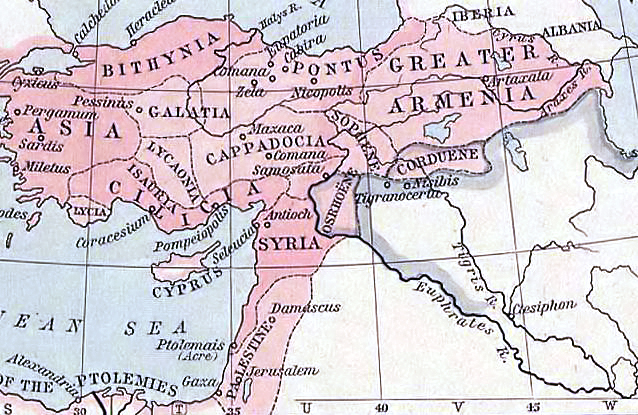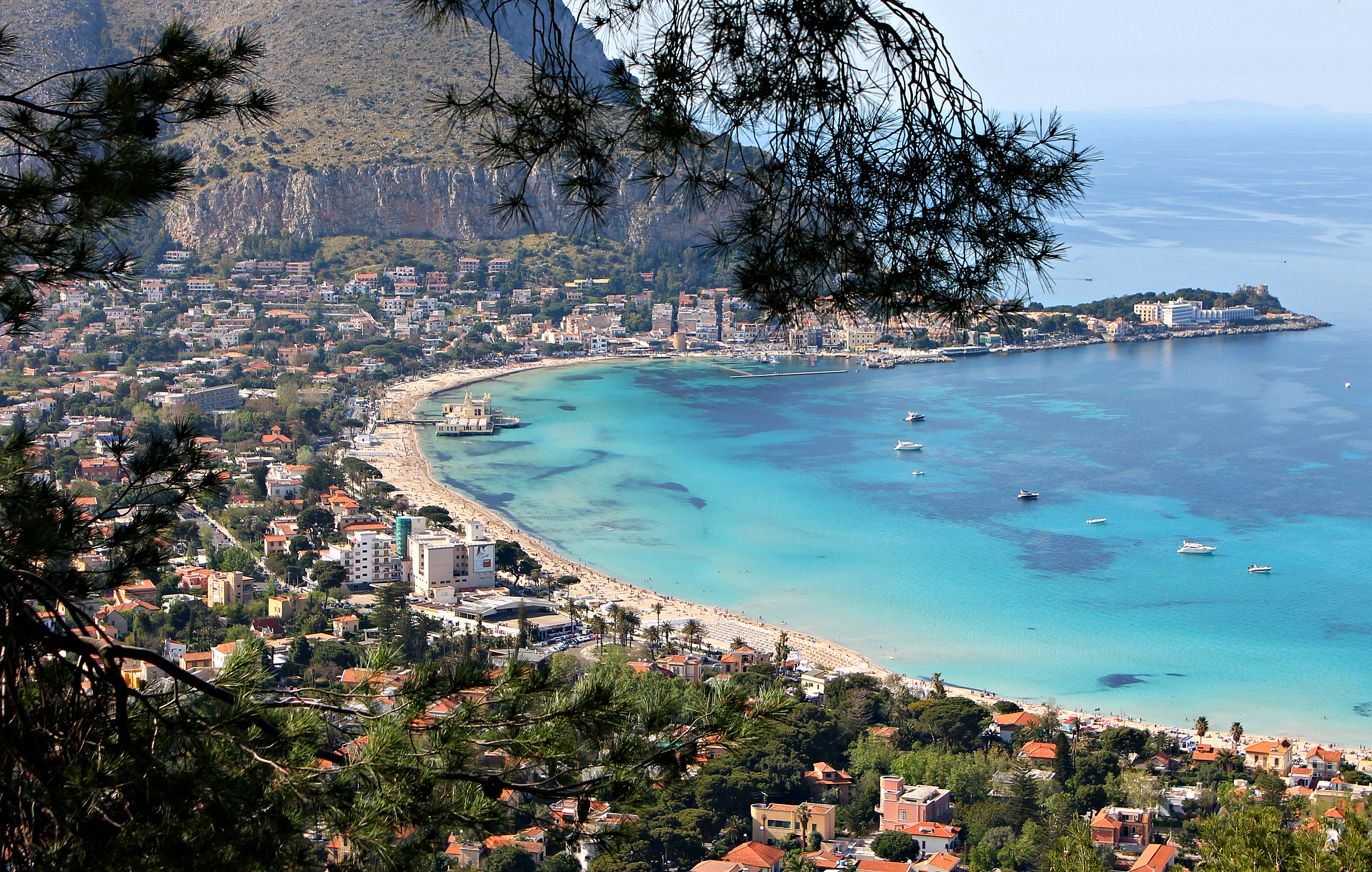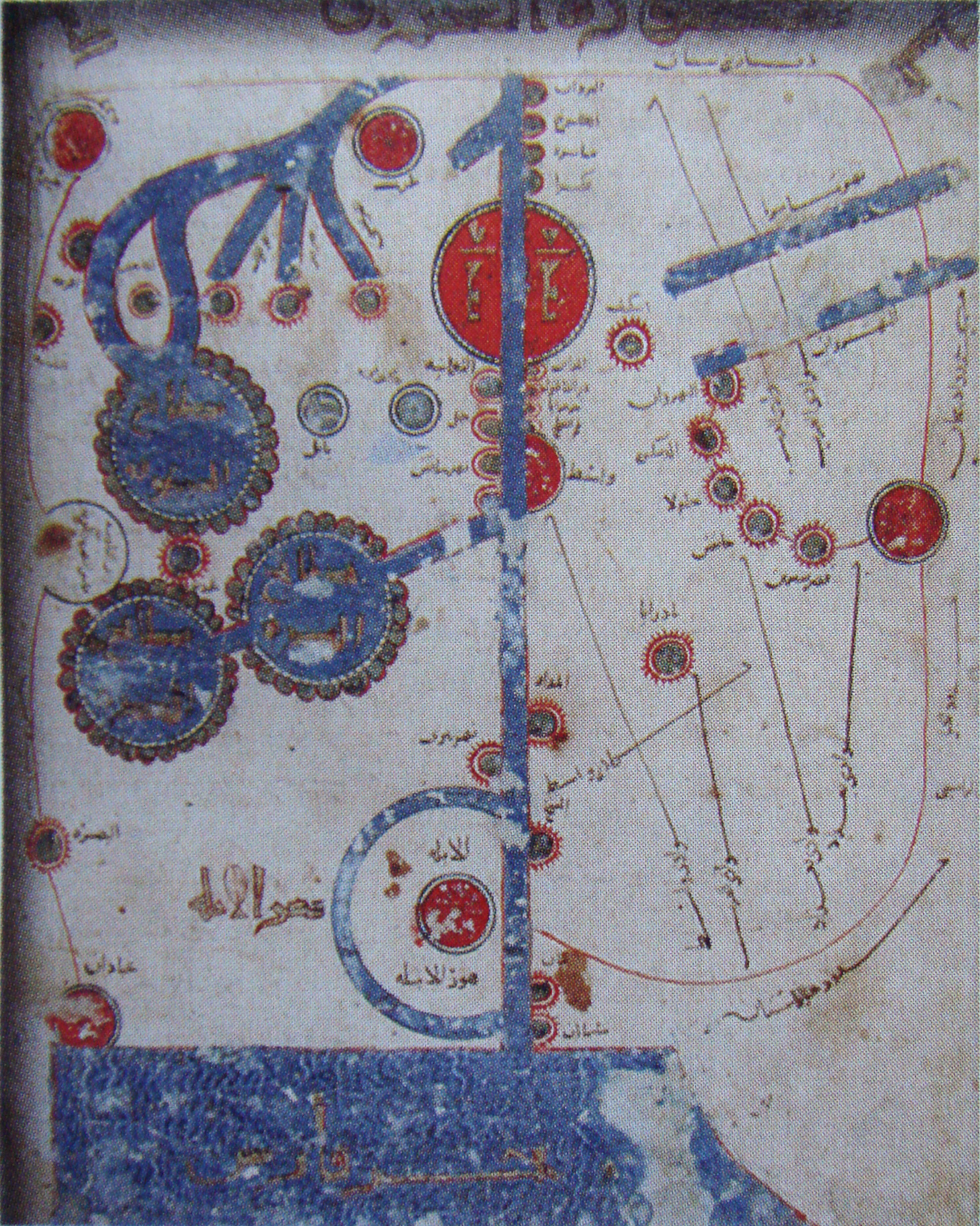|
Ibn Hawqal
Muḥammad Abū’l-Qāsim Ibn Ḥawqal (), also known as Abū al-Qāsim b. ʻAlī Ibn Ḥawqal al-Naṣībī, born in Nisibis, Al-Jazira (caliphal province), Upper Mesopotamia; was a 10th-century Arab Muslim writer, geographer, and chronicler who travelled from AD 943 to 969.Ludwig W. Adamec (2009), ''Historical Dictionary of Islam'', p.137. Scarecrow Press. . His famous work, written in 977, is called ''Surat Al-Ard'' (; "The face of the Earth"). The date of his death, known from his writings, was after Anno Hegirae, AH 368/AD 978. Biography Details known of Ibn Hawqal's life are extrapolated from his book. He spent the last 30 years of his life traveling to remote parts of Asia and Africa, and writing about different things he saw during his journey. One journey brought him 20° south of the equator along the East African coast where he discovered large populations in regions the Ancient Greece, ancient Greek writers had deemed uninhabitable. Ṣūrat al-’Arḍ Ibn Ha ... [...More Info...] [...Related Items...] OR: [Wikipedia] [Google] [Baidu] |
Nisibis
Nusaybin () is a municipality and Districts of Turkey, district of Mardin Province, Turkey. Its area is 1,079 km2, and its population is 115,586 (2022). The city is populated by Kurds of different tribal affiliation. Nusaybin is separated from the larger Kurds, Kurdish-majority city of Qamishli by the Syria–Turkey border. The city is at the foot of the Mount Izla escarpment at the southern edge of the Tur Abdin hills, standing on the banks of the Jaghjagh River (), the ancient Mygdonius (). The city existed in the Assyrian Empire and is recorded in Akkadian language, Akkadian inscriptions as ''Naṣibīna''. Having been part of the Achaemenid Empire, in the Hellenistic period the settlement was re-founded as a ''polis'' named "Antioch on the Mygdonius" by the Seleucid dynasty after the conquests of Alexander the Great. A part of first the Roman Republic and then the Roman Empire, the city (; ) was mainly Syriac language, Syriac-speaking, and control of it was contested be ... [...More Info...] [...Related Items...] OR: [Wikipedia] [Google] [Baidu] |
Anno Hegirae
The Hijri year () or era () is the era used in the Islamic lunar calendar. It begins its count from the Islamic New Year in which Muhammad and his followers migrated from Mecca to Yathrib (now Medina) in 622 CE. This event, known as the Hijrah, is commemorated in Islam for its role in the founding of the first Muslim community (''ummah''). Currently, the Hijri year is . In the West, this era is most commonly denoted as AH (, , ) in parallel with the Christian/Common (AD/CE) and Jewish eras (AM) and can similarly be placed before (preferably) or after the date. In predominantly Muslim countries, it is also commonly abbreviated H ("Hijra") from its Arabic abbreviation (). Years prior to AH 1 are reckoned in English as BH ("Before the Hijra"), which should follow the date. A year in the Islamic lunar calendar consists of twelve lunar months and has only 354 or 355 days in its year. Consequently, its New Year's Day occurs ten days earlier each year relative to the Gregorian ... [...More Info...] [...Related Items...] OR: [Wikipedia] [Google] [Baidu] |
Fraxinet
Fraxinetum or Fraxinet ( or , from Latin ''fraxinus'': "ash tree", ''fraxinetum'': "ash forest") was the site of a Muslim stronghold at the centre of a frontier state in Provence between about 887 and 972. It is identified with modern La Garde-Freinet, near Saint-Tropez. The fortress was established by Muslims from al-Andalus. From this base, the Muslims raided up the Rhône Valley, into Piedmont and as far as the Abbey of Saint Gall. Their main business was slave-raiding of Europeans for export to Islamic markets. For a time, they controlled the passes through the western Alps. They withstood several attempts to oust them, but were finally defeated by the combined forces of the Provençal and Piedmontese nobility at the battle of Tourtour in 972. Primary sources Christian sources in Latin are more numerous than Muslim ones in Arabic for reconstructing the history of Fraxinetum. The most important contemporary narrative of the Muslims of Fraxinetum is the ''Antapodosis'' of L ... [...More Info...] [...Related Items...] OR: [Wikipedia] [Google] [Baidu] |
Al-Andalus
Al-Andalus () was the Muslim-ruled area of the Iberian Peninsula. The name refers to the different Muslim states that controlled these territories at various times between 711 and 1492. At its greatest geographical extent, it occupied most of the peninsula as well as Septimania under Umayyad rule. These boundaries changed through a series of conquests Western historiography has traditionally characterized as the ''Reconquista'',"Para los autores árabes medievales, el término Al-Andalus designa la totalidad de las zonas conquistadas – siquiera temporalmente – por tropas arabo-musulmanas en territorios actualmente pertenecientes a Portugal, España y Francia" ("For medieval Arab authors, Al-Andalus designated all the conquered areas – even temporarily – by Arab-Muslim troops in territories now belonging to Spain, Portugal and France"), García de Cortázar, José Ángel. ''V Semana de Estudios Medievales: Nájera, 1 al 5 de agosto de 1994'', Gobie ... [...More Info...] [...Related Items...] OR: [Wikipedia] [Google] [Baidu] |
Palermo
Palermo ( ; ; , locally also or ) is a city in southern Italy, the capital (political), capital of both the autonomous area, autonomous region of Sicily and the Metropolitan City of Palermo, the city's surrounding metropolitan province. The city is noted for its history, culture, architecture and gastronomy, playing an important role throughout much of its existence; it is over 2,700 years old. Palermo is in the northwest of the island of Sicily, by the Gulf of Palermo in the Tyrrhenian Sea. The city was founded in Isla Palermo 734 BC by the Phoenicians as ("flower"). Palermo then became a possession of Ancient Carthage, Carthage. Two ancient Greeks, Greek ancient Greek colonization, colonies were established, known collectively as ; the Carthaginians used this name on their coins after the 5th centuryBC. As , the town became part of the Roman Republic and Roman Empire, Empire for over a thousand years. From 831 to 1072 the city was under History of Islam in south ... [...More Info...] [...Related Items...] OR: [Wikipedia] [Google] [Baidu] |
Kalbids
The Kalbids () were a Muslim Arab dynasty which ruled the Emirate of Sicily from 948 to 1053. They were formally appointed by the Fatimids, but gained, progressively, ''de facto'' autonomous rule. Family origins The Kalbids descended from the Arab tribe of Banu Kalb, members of which frequently served as governors, administrators and high-ranking officials in Ifriqiya (central North Africa) during the Umayyad period (–750). During the rule of the Aghlabids in Ifriqiya (800–909), the fortunes of the Kalb declined as the rulers there favored the tribe's rivals from the Qays–Mudar group. When the Fatimids conquered Ifriqiya in 909, the Kalb, having been an important military and religious support for the Fatimids, were quick to attain high influence in the new regime. By this time, the Kalbids were allied with the Kutama Berbers, a mainstay of the Fatimid army. History In 827, in the midst of internal Byzantine conflict, the Muslim conquest of Sicily began: the Aghlabids ar ... [...More Info...] [...Related Items...] OR: [Wikipedia] [Google] [Baidu] |
Emirate Of Sicily
The island of SicilyIn Arabic, the island was known as (). was under Islam, Islamic rule from the late ninth to the late eleventh centuries. It became a prosperous and influential commercial power in the Mediterranean Sea, Mediterranean, with its capital of Palermo serving as a major cultural and political center of the Muslim world. Sicily was a peripheral part of the Byzantine Empire when Muslim forces from Ifriqiya (roughly present-day Tunisia) began launching raids in 652. During the reign of the Aghlabid dynasty of Ifriqiya, a Muslim conquest of Sicily, prolonged series of conflicts from 827 to 902 resulted in the gradual conquest of the entire island, with only the stronghold of Rometta, in the far northeast, Siege of Rometta, holding out until 965. The Fatimid Caliphate replaced Aghlabid rule after 909. From 948 onwards, the island was governed by the Kalbid dynasty, who ruled as autonomous emirs while formally acknowledging Fatimid authority. Under Muslim rule, Sicily ... [...More Info...] [...Related Items...] OR: [Wikipedia] [Google] [Baidu] |
Book Of Roads And Kingdoms (al-Bakrī)
''Book of Roads and Kingdoms'' or ''Book of Highways and Kingdoms'' (, ) is an eleventh-century geography text by Abu Abdullah al-Bakri. It was written in 1067-8 in Córdoba, al-Andalus (present-day Spain). Al-Bakri based his work on the accounts of traders, the writings of Muhammad ibn Yūsuf al-Warrāq, (''On the Topography of North Africa''), and Ibrahim ibn Yaqub. Despite the fact that al-Bakri never left al-Andalus, his writings are regarded as objectively reporting the accounts of other travelers by contemporary historians, and much of what he wrote is substantiated in other sources. He described a wide array of regions from the Atlantic Ocean, through the Sahara, to Central Africa, giving descriptions of the geography, people, culture and political situation in each region. The ''Book of Roads and Kingdoms'' exists today only in fragmentary form. It is sometimes confused with a work by the same name written in the ninth century by Ibn Khordadbeh Abu'l-Qasim Ubaydalla ... [...More Info...] [...Related Items...] OR: [Wikipedia] [Google] [Baidu] |
Abu Ubaydallah Al-Bakri
Abū ʿUbayd ʿAbd Allāh ibn ʿAbd al-ʿAzīz ibn Muḥammad ibn Ayyūb ibn ʿAmr al-Bakrī (), or simply al-Bakrī (c. 1040–1094) was an Arab Andalusian historian and a geographer of the Muslim West. Life Al-Bakri was born in Huelva, the son of the sovereign of a short-lived principality established there by his family when the Caliphate of Cordoba fell in 1031. Al-Bakri belonged to the Arab tribe of Bakr. When his father was deposed by al-Mu'tadid (1042–1069) of the ruler of Taifa of Seville, he then moved to Córdoba, where he studied with the geographer al-Udri and the historian Ibn Hayyan. He spent his entire life in Al-Andalus, most of it in Seville and Almeria. While in Seville, he was there when El Cid arrived to collect tributes from Alfonso VI. He died in Córdoba without ever having travelled to the locations of which he wrote. Works Al-Bakri wrote about Europe, North Africa, and the Arabian peninsula. Only two of his works have survived. His ''Mu'jam mā ... [...More Info...] [...Related Items...] OR: [Wikipedia] [Google] [Baidu] |
Ahmed Ibn Sahl Al-Balkhi
Abu Zayd Ahmed ibn Sahl Balkhi () was a Persian Muslim polymath: a geographer, mathematician, physician, psychologist and scientist. Born in 850 CE in Shamistiyan, in the province of Balkh, Greater Khorasan, he was a disciple of al-Kindi. He also founded the "Balkhī school" of terrestrial mapping in Baghdad. Al-Balkhi is believed to have been the first to diagnose that mental illness can have psychological and physiological causes and he was the first to typify four types of emotional disorders: fear and anxiety; anger and aggression; sadness and depression; and obsessions. Biography al-Balkhi was born in 850 CE in a small village called Shamisitiyan, in an area called Balkh which is now part of Afghanistan. As a young man, around the time of al-Kindi's death, al-Balkhi travelled to Iraq.Who was Abu Zayd al-Balkhi? Malik Badri, introduction to Sustenance of the Soul, Gutenberg Press At this time Islamic culture was making strong efforts to absorb the knowledge of previous ... [...More Info...] [...Related Items...] OR: [Wikipedia] [Google] [Baidu] |
Istakhri
Abu Ishaq Ibrahim ibn Muhammad al-Farisi al-Istakhri () (also ''Estakhri'', , i.e. from the Iranian city of Istakhr, b. – d. 346 AH/AD 957) was a 10th-century travel author and Islamic geographer who wrote valuable accounts in Arabic of the many Muslim territories he visited during the Abbasid era of the Islamic Golden Age. There is no consensus regarding his origin. Some sources describe him as Persian, while others state he was Arab. IV:222b-223b. The ''Encyclopedia Iranica'' states: "Biographical data are very meager. From his ''nesbas'' (attributive names) he appears to have been a native of Eṣṭaḵr in Fārs, but it is not known whether he was Persian". VIII(6):646-647 (I have used the updated online version). Istakhri's account of windmills is the earliest known. Istakhri met the celebrated traveller-geographer Ibn Hawqal, while travelling, and Ibn Hawqal incorporated the work of Istakhri in his book ''Kitab al-Surat al-Ard''. Works Istakhri's two surviving ... [...More Info...] [...Related Items...] OR: [Wikipedia] [Google] [Baidu] |
Ancient Greece
Ancient Greece () was a northeastern Mediterranean civilization, existing from the Greek Dark Ages of the 12th–9th centuries BC to the end of classical antiquity (), that comprised a loose collection of culturally and linguistically related city-states and communities. Prior to the Roman period, most of these regions were officially unified only once under the Kingdom of Macedon from 338 to 323 BC. In Western history, the era of classical antiquity was immediately followed by the Early Middle Ages and the Byzantine period. Three centuries after the decline of Mycenaean Greece during the Bronze Age collapse, Greek urban poleis began to form in the 8th century BC, ushering in the Archaic period and the colonization of the Mediterranean Basin. This was followed by the age of Classical Greece, from the Greco-Persian Wars to the death of Alexander the Great in 323 BC, and which included the Golden Age of Athens and the Peloponnesian War. The u ... [...More Info...] [...Related Items...] OR: [Wikipedia] [Google] [Baidu] |




